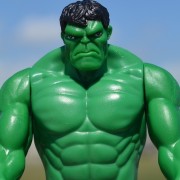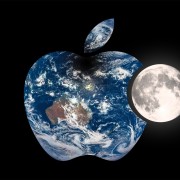Think about why the Apple, Lexus, and Harley-Davidson brands have such magnetic appeal. Why do consumers so unequivocally believe in them and profess unwavering loyalty to them? Because those objects conjure emotions that convince buyers the iPhone 6S, the LX and the FLHXS Street Glide Special are in some way superior to competing products.
In essence, they represent the epitome of “cool” in their specific product categories as perceived by their particular (or potential) users.
Researchers Caleb Warren, assistant professor of marketing at Texas A&M University, and Margaret C. Campbell, professor of marketing at the University of Colorado, Boulder, conducted six studies to determine what makes consumers perceive brands, companies and even people as “cool.”
Published by the Journal of Consumer Research in 2014, their findings suggest that individuals gravitate toward objects of autonomy, meaning that the companies behind those objects eschew pre-existing norms or status quo expectations in pursuit of their own vision. “Although cool brands are typically desired, coolness and desirability are not the same thing,” Warren and Campbell wrote. “Consumers prefer cool brands only when they want to stand out rather than fit in.”
When your persuasion situation involves an idea focused on a specific brand or product, recognize that the emotions conjured by that brand or product can create an irresistible urge in your target’s mind to say “yes.” Part of the work has already been done for you.




